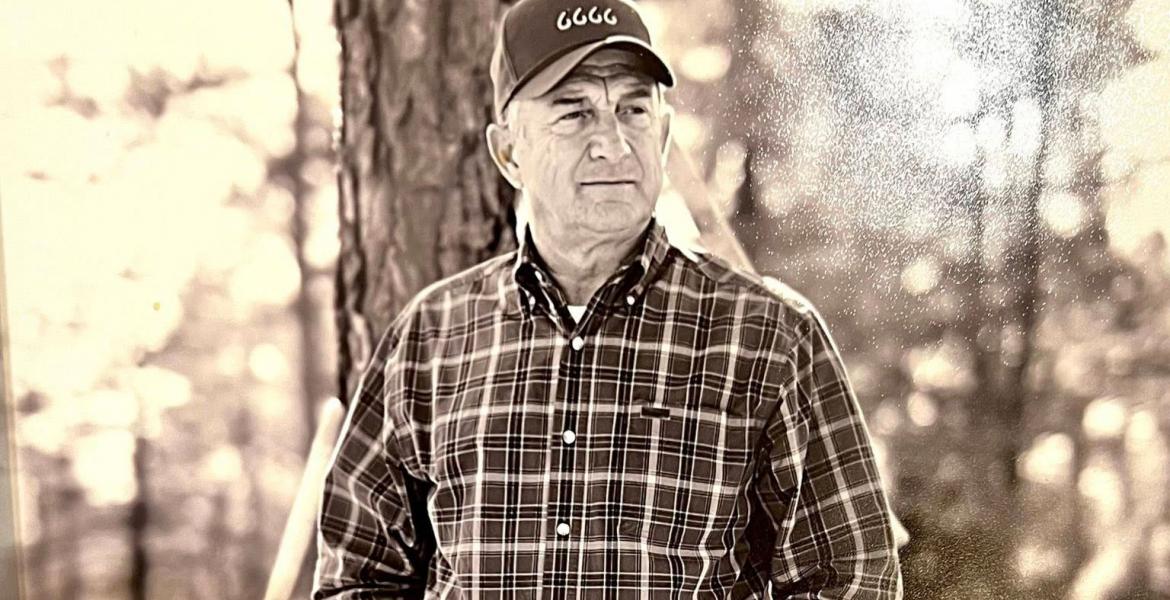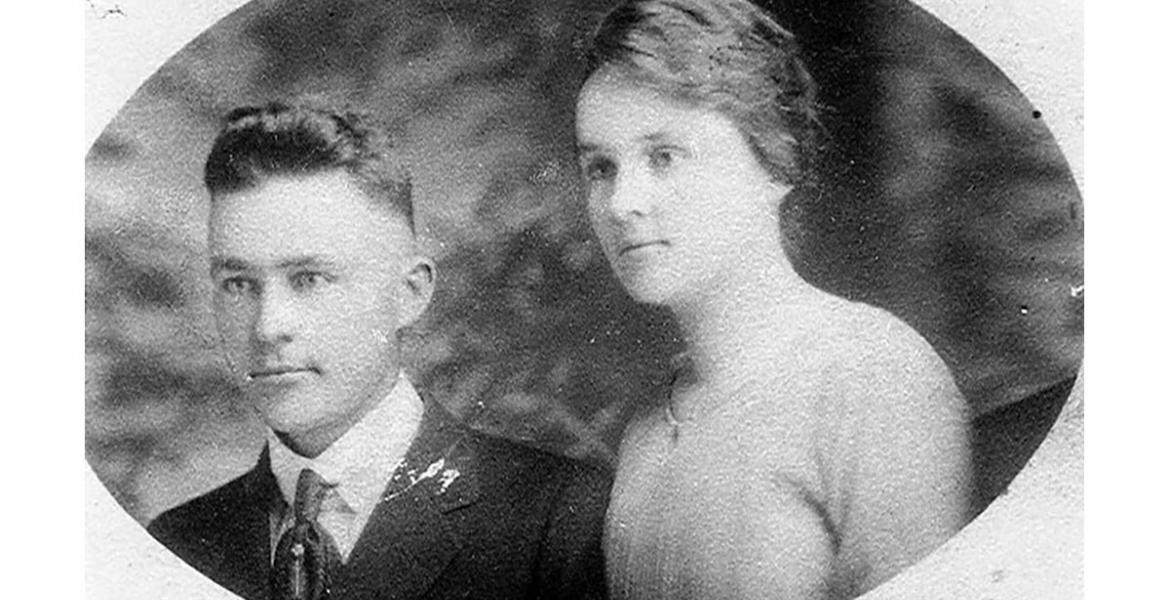The Victorian age: a time of innovation and expeditious growth, imperial expansion as well as great political/social reform and technological leaps. In Great Britain and later in western Europe and the United States, the Industrial Revolution was in full swing, leading us into the modern world.
During this era, Charles Darwin theorized about the origins of life; Sigmund Freud pondered the condition of life. Poets and authors like Sir Walter Scott and Rudyard Kipling wrote about life's experiences, while Victorian artists indulged the public with the images of the finery and elegance of the lives enjoyed by the privileged elite.
In what Mark Twain referred to as the "Gilded Age" of the United States, our country seemed to be attempting to find its footing, seeking a balance between serving the wants of the "haves", and sustaining the needs of the "have-nots". Immigration was weaving our cultural fabric; social and political upheaval at times overshadowed the strides and achievements of our infant nation. It was a mixture of indulgence and struggle, success and turmoil. In any sense, here and abroad, this was a pivotal moment for life.
One aspect we all share, however, regardless of class, culture or geographic location, is the condition of the inevitable end of life, and ultimately the first-hand experience of dealing with human mortality.
Many people today are far removed from the hands-on involvement of caring for dying relatives, as today, roughly 80 percent of human beings in the developed world will die in a hospital bed. These deaths often occur after a long bout with illnesses or diseases which would've quickly consumed someone 150 years ago, due to factors which range from everything from poor sanitation and inadequate nutrition to substandard working conditions and shoddy health care. Predictably, in Victorian times, the poor were hit the hardest: half of all children born to the families of the lower classes died before the age of 5. Untimely deaths were an unequivocal, ever-looming fact of life.
Memento mori (remember that you must die). Lest anyone during this time forget this maxim, all they had to do was look around.
The Victorian Age bore witness to a peculiar—some say macabre—practice in the memorialization of human life, in a tradition of pictorial tributes to the deceased, known as memorial portraiture, or post-mortem photography. Simply put, memorial portraiture involved the photography of the deceased, many times depicted and strategically postured as if they were still alive.
Memorial portraiture was extremely prevalent in American and European culture during the 19th and early 20th centuries; in fact, more memorial portraiture were taken than of any other single type of photography for the time period. Along with the covered mirrors which prevented souls from becoming trapped within them, and the jewelry adorned with the hair of the deceased, so too, was it common for families to own several pieces of memorial portraiture.
Before the advent of what we know as modern photography, depictions of people (living or deceased) were captured with the time consuming and expensive strokes of a commissioned artist's paintbrush. Memorial portraiture was often more expensive than painting done of living subjects, as the artist, more often than not, had to make house calls, with all the necessary equipment and amenities in tow.
The popularity of portraiture in general picked up in the late 1830s, when French artist and designer Louis-Jacques-Mande Daguerre invented a commercially practical photographic process, later coined daguerreotype.
Daguerreotype, while quicker to produce than a painted portrait, was still labor intensive and required quite the elaborate set-up. Daguerre used methods of image capturing similar to those utilized with camera obscura; Daguerre's goal, however, was to permanently capture and "fix" the images, which, with earlier methods, faded with time.
The images captured using the daguerreotype method were reflected upon silver-coated copper plates treated with chloride of iodine, and then developed after the plate is exposed to the fumes of warm mercury. The plate is then fixed by soaking it in hyposulphate of soda, washed in purified water and then dried.
As with any piece of memorabilia, presentation is everything. The finished photos were then meticulously covered in protective glass and set within a metal frame, which was finally presented/displayed in plush-lined or leather casings or external decorative frames. Photos were produced and showcased as unique works of art, with heartfelt meaning and sentiment behind them -- a stark contrast from the disposable pretentiousness of today's "selfie".
Daguerreotype went mainstream, and along with the methods of tin-type and paper "carte-de-visite” (visiting card) which soon followed, photography became cheaper, faster and more accessible as popularity and demand for it grew. Families now had an affordable means to memorialize real-life depictions of their loved ones, in life and in death.
The daguerreotypist was a man of many hats within this sensitive and labor-intensive process; he was a photographer, a set designer/decorator and make-up artist. Memorial portraiture was a science and an art form with the aim of encompassing the individual as a whole. Consideration was given to aspects such as social standing, personal interests, occupation and lifestyle. The daguerrotypist's ultimate goal was to commemorate the deceased, while characterizing the realism and presence which a living human being would typically display.
In Victorian times, body collection and funerals weren't at all the expedited processes we know today. At times, a family had to maintain and preserve a loved one's corpse to their best abilities, for weeks, months, and sometimes longer, while awaiting photography sessions or burial accommodations. In making the job somewhat less offensive to the nose, the daguerrotypist would sometimes have to douse the body in perfume and/or have dozens of floral arrangements in the room where the photo shoot was to take place.
Makeup was used to conceal any wounds or to restore a life-like appearance to a discolored face. With the array of visible complications which come with post-mortem decay, the bodies of the deceased were typically covered in as much clothing as possible; most subjects wore gloves as well.
Extra special attention was given to the eyes (or appearance thereof). Eyes were often painted on the closed eyelids; if the person had passed with their eyes opened, the paint would go directly on the eyeball itself.
The posing stand has been a subject of curiosity and debate among collectors and scholars alike. Some assert that they were indeed utilized to support the body of a deceased subject, as seen here; others claim these were simply to aid in the daguerrotype photos of living persons, as the subject had to remain situated as motionless as possible during the long exposure rate of the cameras. The slightest moves would result in a blurry image, hence the common sharp clarity of the deceased, in contrast to the sometimes fuzzy images of their animated relatives. The truth is, the stands were the dual purpose tools of daguerrotypists/photographers as well as artists, used to support a deceased/limp human body or keep a living subject stationary.
The deductive reasoning, which insists that the stands were exclusively used for living subjects, and subsequently could've never been utilized on deceased subjects, has turned out many conspiracy theorists, who contend that memorial portraiture never existed. Nothing could be further from the truth.
Memorial portraiture are captivating works. The faces and the settings within the photographs are striking tableaus, which give the viewer vague points of references of the lives which the subjects once led. The deceased would often be situated in scenes which were familiar to their daily lives, like a firefighter dressed and posed in uniform, or a man seated with his two beloved dogs.
Especially prevalent in post-mortem portraiture are infants and young children; they were commonly posed alongside their living siblings, or in various playtime scenarios. Some would be mounted on toy horses or surrounded by the dolls they left behind; some scenes simply depicted a child in the loving embrace of a family member. Deceased infants, for the most part, were photographed in their cribs or bassinets in peaceful states of repose, sometimes clutching their favorite toy; other times, grieving mothers and father would be photographed glaring straight into the camera holding or propping up their dead children.
Often, a child could be seen situated on, or seemingly floating in front of what appeared to be a person covered in a sheet. This phenomenon is known today as the "hidden mother". Like the posing stands (and perhaps in the absence of availability), a mother would sometimes cover herself in a sheet and hold the child during the photo shoot. This method was used for both situating and maintaining living children in a motionless state, as well as to aid in the posture and support of the deceased.
Some parents appear defeated, some very somber, while other's facial expressions told sorrowful tales of anguish and suffering. The living child subjects who often accompanied their dead siblings, at times looked confused or sad; some appeared humbled by the process, and yet exhibited a sort of strength and an acceptance of the situation. Death was treated as a sad, but necessary rite of passage. In memorializing and glorifying the dead through memorial portraiture, they honored and immortalized them.
In rare instances, non-accidental deaths were captured in photographs, which subsequently became memorial portraiture (of sorts) and made infamous, due to media hype. In 1892 a gang of outlaws known as the Dalton Gang were taken down during a bank robbery in Kansas. Later, in 1906, a business dispute turned deadly and tragically claimed the lives of the Parsons family in Houston, Missouri. Both of these images were made public; the former to showcase the "trophies" of vigilant lawmen, the latter to rally cries of justice.
Towards the end of the popularity of memorial portraiture (circa 1930s), the deceased subjects were often photographed in scenes more familiar to the modern-day viewing at a "wake". The body would be displayed inside its coffin, surrounded by a constructed shrine, which may include flowers, keepsakes, candles and portraits of the subject while they were alive.
People slowly moved away from the tradition of memorial portraiture as practiced in Victorian times. Awakening the deceased to stare the world in its eyes for a final farewell was no longer priority, due to people's gradual removal of up-close experiences with death and dying, or simply a shift in morality. The acceptance and willing participation of the practices of memorial portraiture were a far cry from the common fears and thanatophobia of today.
We don't die any differently today than we did in the past, only our attitudes towards death have changed. Memorial portraiture shouldn't be seen as something "eerie" or "morbid"; keep in mind that the people in these pictures were all once living, breathing human beings who had joys and sorrows, just as anyone else. They had dreams, jobs, hobbies and were indeed loved and cherished. The acute grief (or refusal by the living to emancipate themselves from the deceased) displayed by the families of those photographed, is a true testament to how deeply they cared for their family members.
Examining memorial portraiture can often leave one with more questions than answers, but conclusively, one may objectively see these photographs as historical artifacts, as well as beautiful, sentimental works of art, which once held very special places in the hearts of countless families. Mortality is an indifferent condition of human existence. Life is fleeting and death is certain; acknowledging such makes life all the more precious.
Subscribe to the LIVE! Daily
Required






Comments
Listed By: Guillermo Torres
- Log in or register to post comments
PermalinkPost a comment to this article here: